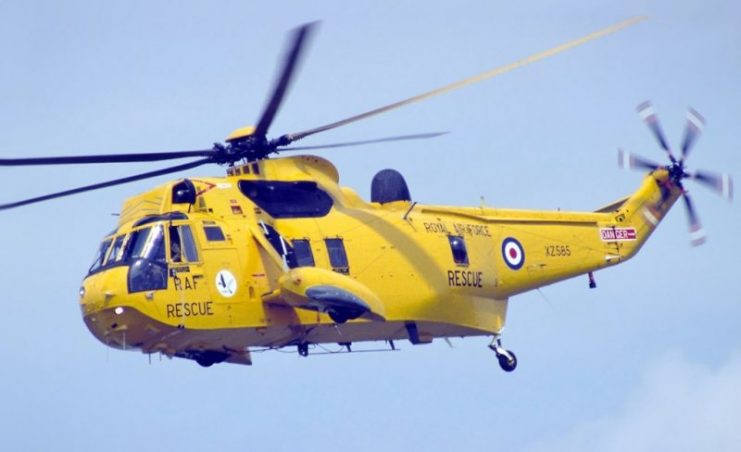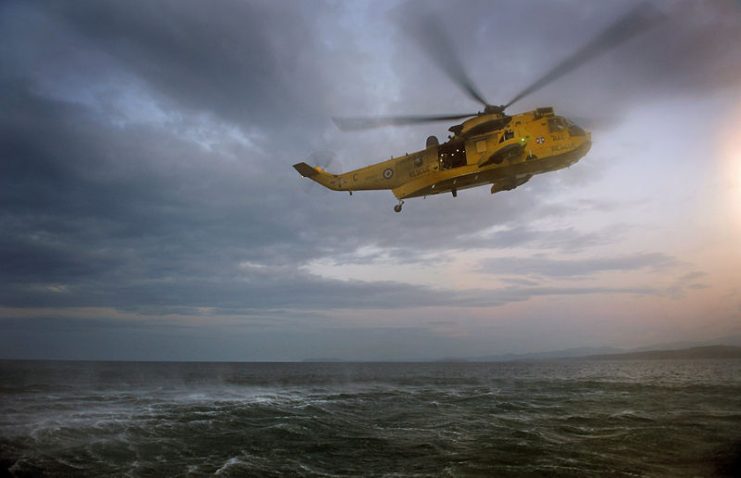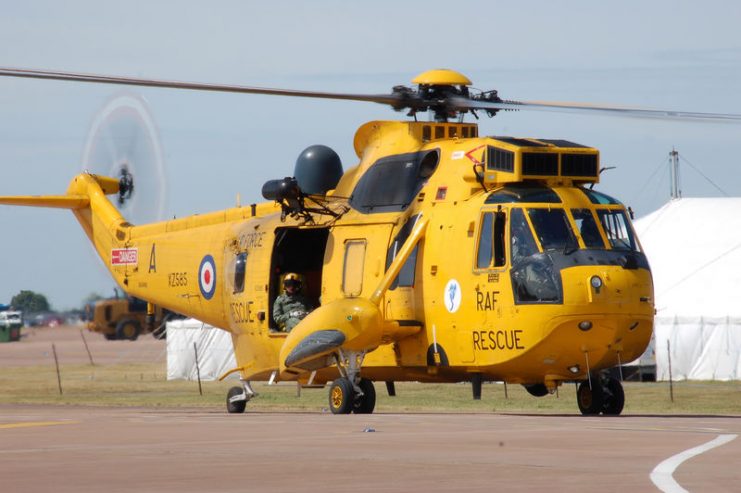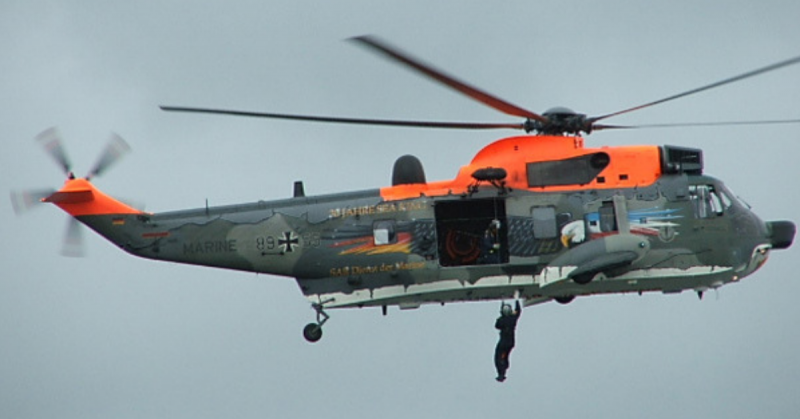For decades, the dangers that asbestos poses to the human body have been well documented. However, it seems that the British Ministry of Defense may have turned a blind eye to such reports. Military veterans who served Britain all over the world have been exposed to potentially harmful asbestos chemicals, and now the Ministry is launching an investigation into the allegations.
The primary area of concern is Sea King helicopters, which have been in service since the early 1970s. These aircraft have seen service in the Falkland, Gulf, Iraq and Afghanistan wars, and are extensively used in sea rescue by both the Royal Navy and the Royal Air Force.

Not only is this helicopter still in use by the British Armed Forces but it can be found all over the world, in countries such as Germany, Norway, India, and Egypt. The Ministry has contacted these foreign governments to warn them of the potential danger to their crews.
In the last century, asbestos was used extensively for insulation as well as fire prevention. But as the effects of asbestos became understood, the substance was banned from use. Asbestos was used as insulation on Sea King helicopters.
https://youtu.be/xJTnMMOsygY
The newspaper, the Mail on Sunday, has reported that this issue was brought to the attention of the authorities in 2003 who promised that the asbestos would be removed within two years. Such work was never completed, and many Sea King helicopters retain their potentially lethal insulation to this day.

The problem with asbestos is the fine fibers that make up this substance. If the fibers are breathed in, they can lodge in the lungs. Being sharp and straight, they are not then easily dislodged. Over time, the fibers irritate the lung tissue and the body builds scar tissue around the fibers. Over time, sometimes as long as 20 years, the efficiency of the lungs becomes severely impacted resulting in breathing problems. The damage is irreversible and can be fatal.
Thousands of military personnel, especially RAF and RN aircraft engineers and maintenance staff, have been exposed to these potentially damaging fibers. Even Prince William and his uncle, Prince Andrew, are counted among those possibly exposed since they flew these helicopters during their service with the Royal Air Force. A Sea King engineer, Petty Officer Greg Lukes, who served with the Royal Australian Navy, died four years ago from cancer caused by exposure to asbestos fibers.

The Ministry of Defence has issued a statement to say that they will contact, with a recommended course of action, all those members of the armed forces that may have been exposed to these fibers. This warning will be welcomed by the crews, but it will not stop the service personnel from being able to sue the Ministry for the damage caused to their lungs.

Read another story from us: Mi-24 “Flying Tank” – The Attack Helicopter Used Around the World
While it is acknowledged that Sea King pilots such as the royal princes are unlikely to have been exposed to these fibers, it cannot be ruled out, especially if there was damage to any of the insulation in their helicopters. Why these helicopters were not immediately stripped of their dangerous insulation is unknown, but the effect of this omission will be felt by engineering staff for many years to come.
